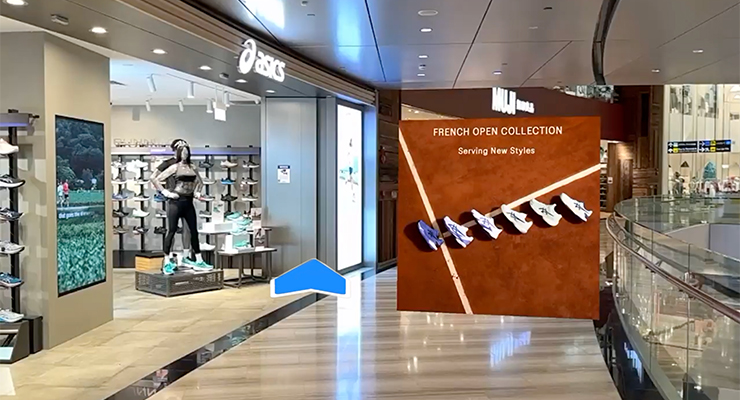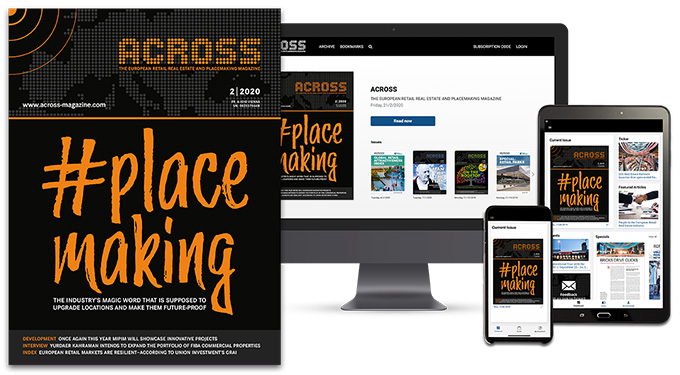By Jean Carlos Delgado
At a bustling retail hub in Singapore, a visitor lifts their phone, scanning their surroundings. Instantly, AR-powered directions overlay onto their screen, guiding them seamlessly to their destination. As they move through the space, exclusive in-store and personalized proximity marketing appear in real time—highlighting limited-time discounts, product launches, and personalized recommendations based on location.
This shift toward interactive, location-aware navigation is driven by the rise of VPS technology, which uses real-world visual markers—such as architectural details, store facades, and unique indoor features—to determine a user’s exact position with centimeter-level accuracy. Unlike traditional GPS, which struggles indoors, VPS leverages AI and computer vision to process spatial data in real time. The result is a fluid, intuitive user experience that enhances both navigation and engagement.
“VPS changes the world in indoor navigation. By analyzing spatial data in real time, it offers a seamless, intuitive wayfinding experience—whether in a multi-level shopping center, a transit hub, or a business park. Big technology companies, such as Apple and Meta are investing hugely on hardware and software solutions to make the experience seamless when combining the digital with the physical world. Potential advertisement opportunities and leveraging user Big Data on this new segment are unforeseen.” explains Markus Porvari, CEO of HyperIn.
Asia has long been a testing ground for next-generation smart city innovations, and the adoption of AR wayfinding reflects the region’s commitment to enhancing digital infrastructure. Cities like Singapore, Tokyo, and Hong Kong are integrating AR-powered navigation into commercial real estate, setting a global benchmark for user-centric urban experiences.
For retailers, this evolution presents new opportunities. Shoppers no longer rely solely on traditional signage—instead, they interact dynamically with their surroundings, discovering curated deals and promotions as they move through the space. The integration of wayfinding and real-time marketing allows businesses to connect with visitors at precisely the right moment, boosting both engagement and conversion rates.
“Companies that do not adapt now to these technologies will struggle to keep up with the next wave of digital interaction. Wayfinding is no longer just about 3D maps or floorplans—it’s about creating seamless, intelligent user experiences that enhance engagement and drive business forward,” adds Porvari.
What Can Europe Learn from Asia’s AR Innovation?
While Europe navigates challenges like GDPR and scalability, it can draw inspiration from Asia’s leadership in AR wayfinding. Asia has successfully monetized this technology through targeted ads, sponsored routes, and premium navigation services, enhancing customer engagement and driving foot traffic. Companies like HyperIn are already piloting VPS solutions in commercial real estate, showcasing how AR can transform navigation and user experiences. By partnering with retailers and leveraging anonymized data insights, Europe can unlock new revenue streams. As the U.S. advances in AR navigation, Europe must balance regulatory compliance with bold integration to remain competitive in this evolving landscape.

Jean Carlos Delgado
Brand and Marketing Director at HyperIn

Markus Porvari
Founder and CEO of HyperIn






